In our busy everyday lives, the realisation of life’s fleeting nature often escapes us. It is the occurrence of catastrophic events such as war, pandemics and climatic calamities that often manage to shake us out of our reverie, induce thought and inspiration, and give rise to new political ideas and theories, as well as cultural and artistic movements. Likewise, the First World War ushered in various avant-garde values and cultures, some of which include Surrealism and Dadaism. Although guided by different thought processes, works that fall under both these movements appear unanimously bizarre, confusing, sometimes chimeric and fairytale-like and at other times, abstract and elusive. At a time in history when wars, agitations, pandemics and the climate crisis are relentless, it is almost imperative to revisit movements that permit an absurd projection of ideas through art, in objects and in music. Cultivation Objects, a Brooklyn-based art and design studio founded by American artist, art director and set designer Nathaniel Wojtalik in 2020, recently unveiled Piece & Quiet, a series of 18 chairs built following the découpe method attributed to Dadaism.
Wojtalik, who resides in New York, drew references from the cut-up technique, or découpe method, first used by Dadaists in the 1920s, to create this furniture design series where every piece is asymmetrically assembled. “Much of my work draws forms from the natural world but in a way that they collide with geometric forms. Certain elements of each piece are left to chance or the inherent properties of each material are embraced rather than rejected, maybe the sweeping line of the wood grain informs the contours of the entire chair, for example,” the American designer explains, when asked about the inspiration behind his wooden furniture series. In embracing the beauty of the raw wood pieces, Wojtalik establishes a parallel to this ‘anti-art’ exploration undertaken during the period between the world wars.
The découpe method, initially delineated as an aleatory literary technique where printed or written text is cut up and rearranged to make up a poem, story or just a thought, was later also adopted by artists and designers to abstractly constitute random compositions. One of the most notable examples of this method is Tristan Tzara’s text ‘To Make A Dadaist Poem’ and Filippo Tommaso Marinetti’s abstract compositions. ‘To Make A Dadaist Poem’ utilises the technique to simply explain how one can indulge in this literary practice. Italian poet, art theorist, and founder of the Futurist movement, Marinetti’s compositions, on the other hand, employ this method to craft fragmented and dynamic abstractions that are evocative of the distorted and often disturbed urban lives in the post-war period. Découpe, which is one of the several modes of Dadaist expression, embodied the liberating characteristic common in all experiments undertaken by the Dadaists.
Découpe, rediscovered by visual artist and writer Brion Gysin in the 1950s while working on one of his paintings, took on a different, more layered format. Gysin realised that the juxtaposition of random words and images, when arranged without a forethought, gave way to new and original ideas. Another example of découpe by Gysin is a sound piece recorded by him. Titled ‘Recalling All Active Agents’, it is a two-track recording, designed at varying speeds such that an incoherent cacophony of words can be heard. When one listens to the piece with attention, new phrases and sentences pile up to give new meaning to the recording for every listener.
Wojtalik’s latest product design series Piece & Quiet also follows a path similar to the one taken by Gysin with his newspaper and art compositions. The American artist picked up off-cuts, partially assembled prototypes and discarded wooden limbs lying around his studio space to build the chair design collection. Amongst these pieces, some were raw and in their natural state while others were more processed. “Instead of forcing the material into a shape that fits within our rigid structural requirements, sometimes it's more compelling to allow it to be as it wants. Design by intuition; limited, but simultaneously, expanded within the constraints of what is salvaged,” says Wojtalik. This is exactly what the artist accomplished with this collection. Picking up the raw materials, he stacked and composed the individual elements together, letting his intuition guide the process.
The studio’s work is largely guided by the idea of connection: between people, with objects, with ideas and so on. Each object is created with the intention of fostering an association, a bond. An acceptance of the original nature of each element is the catalyst of the entire process. In Wojtalik’s words, the forms of his objects “often drift toward a subtle humour and casually saunter away from the inherent functionalism of furniture, without leaving it behind completely”. He beckons people to come and experience these pieces: to sit, lean on and observe the objects and then accept or reject them. One can clearly observe that none of the chairs are symmetrically designed. Voids balance solids and narrow straight lines sit atop their bulky counterparts, compelling people to adjust themselves on the seat, lean differently and experience each piece in a new and unique manner. Wojtalik, who constantly innovates and invents, plans on working on new furniture pieces and lighting design collections in the future, fossilising thus his relevance as a furniture designer.






 Sign in with email
Sign in with email


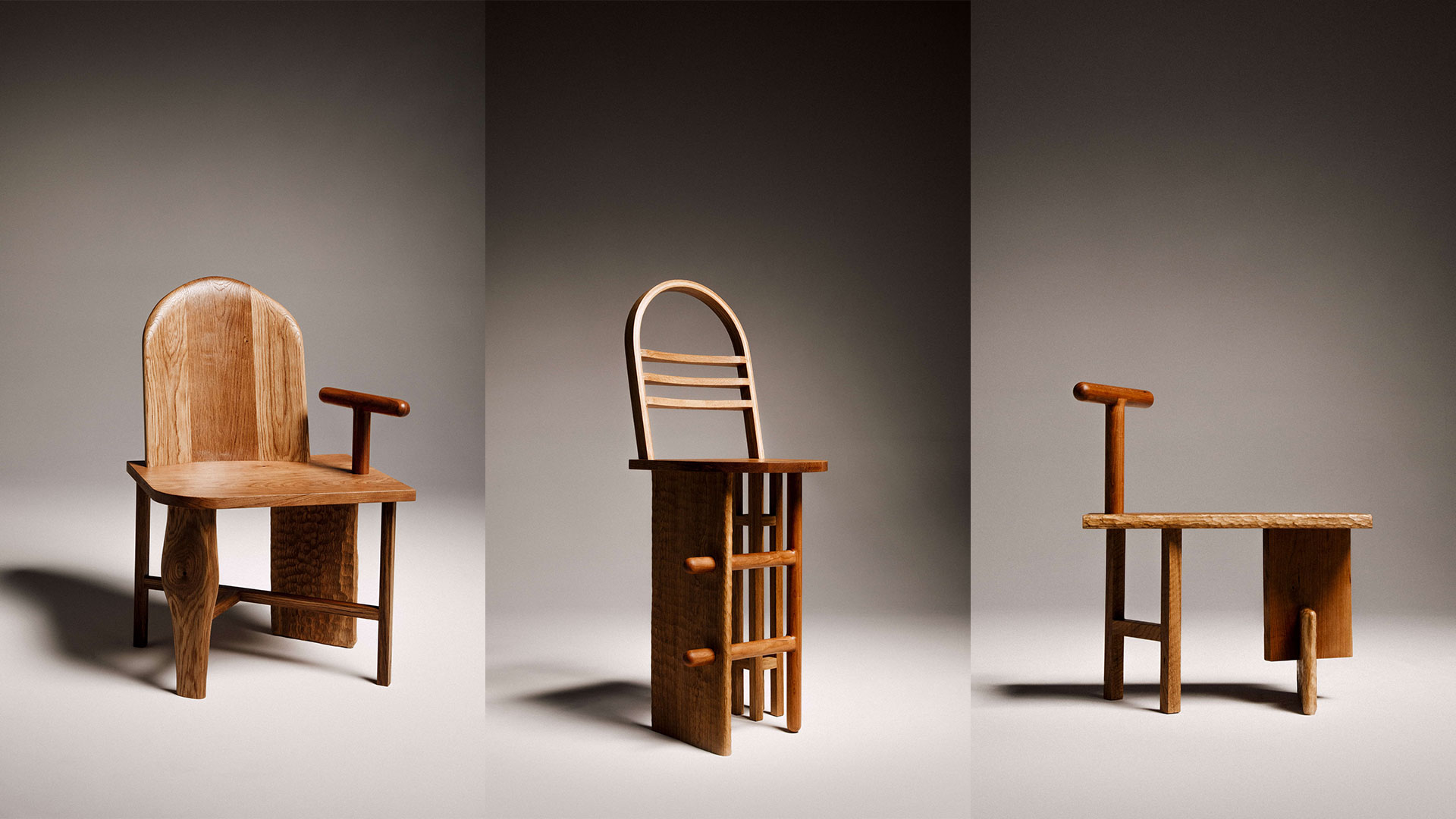
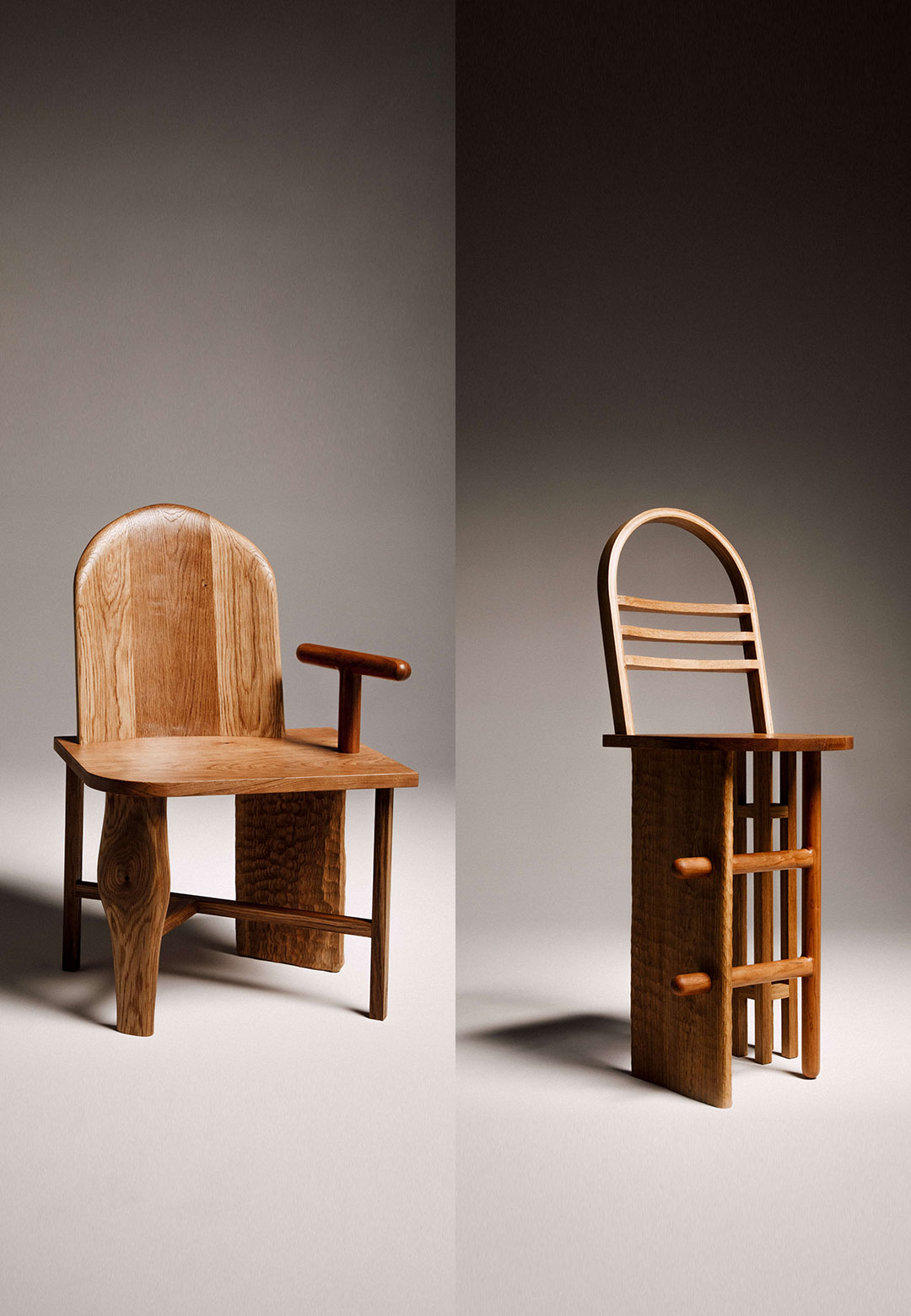
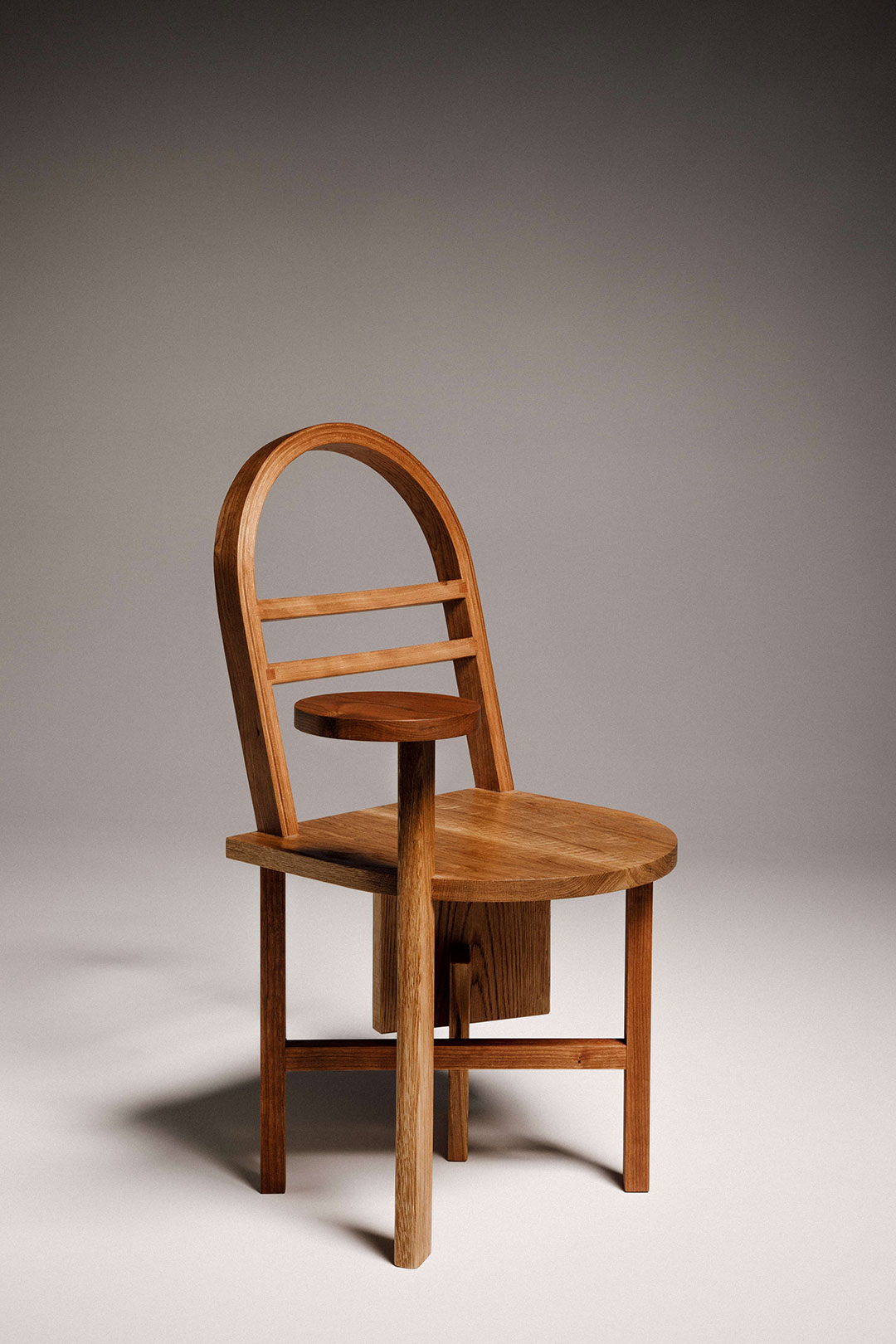
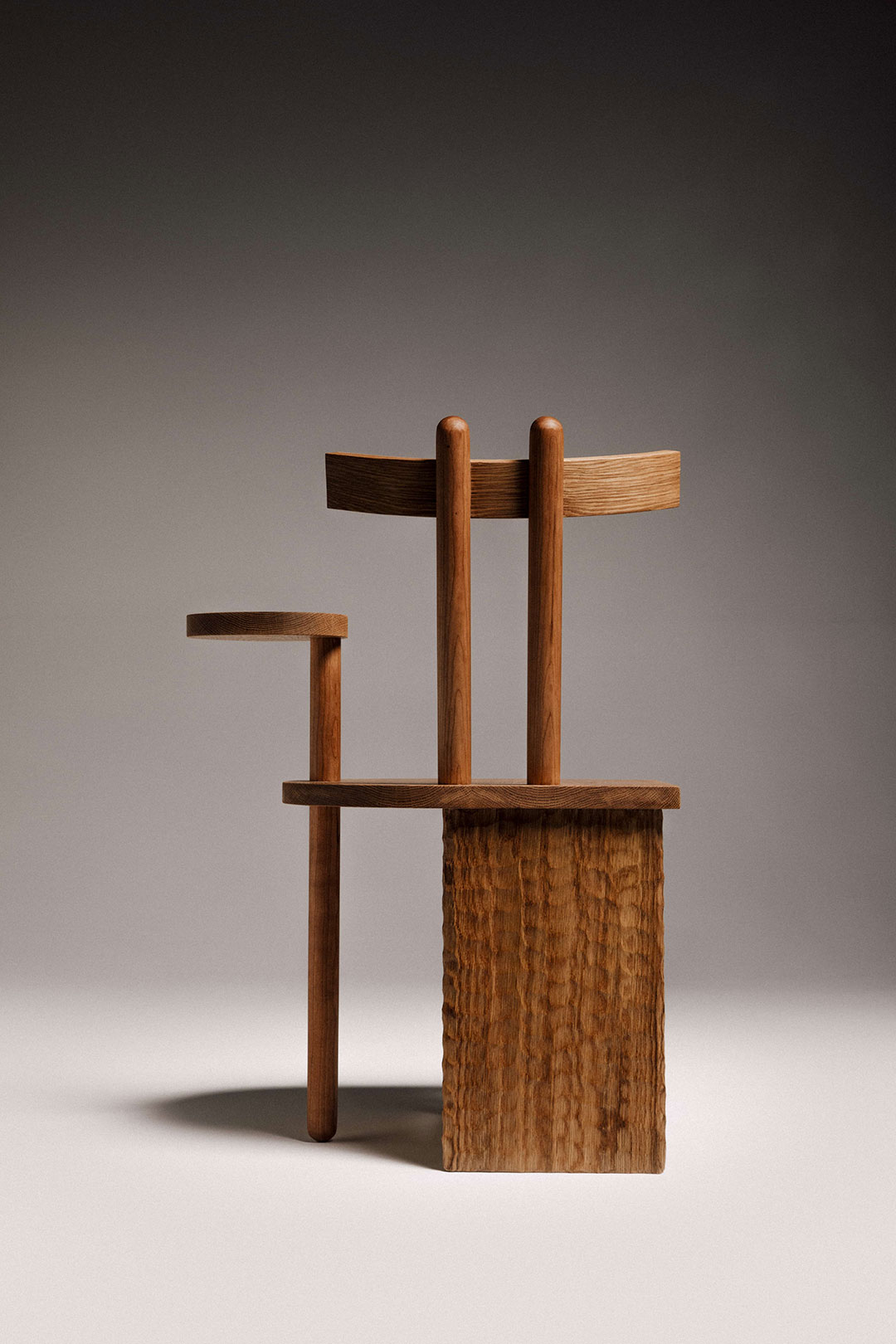
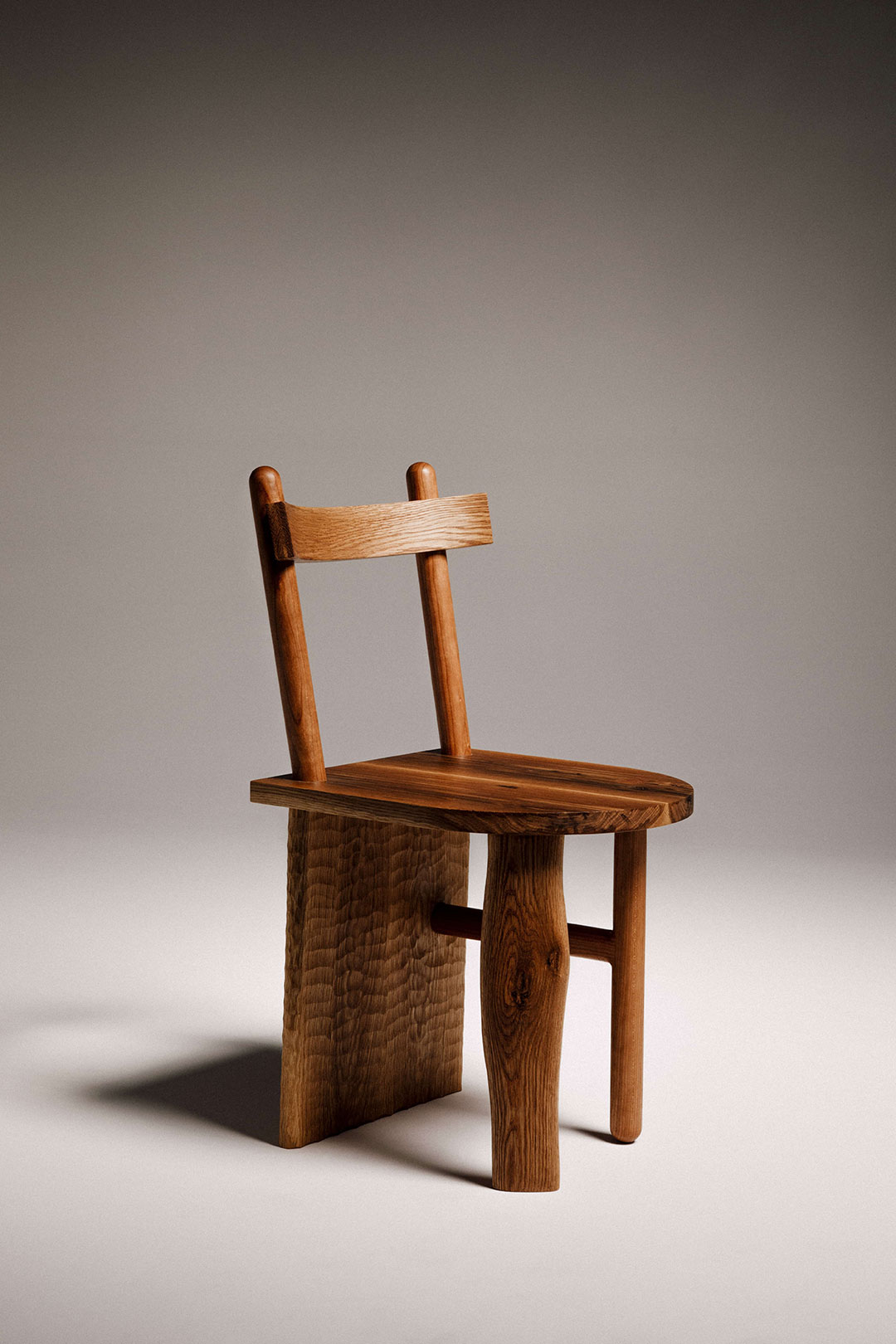
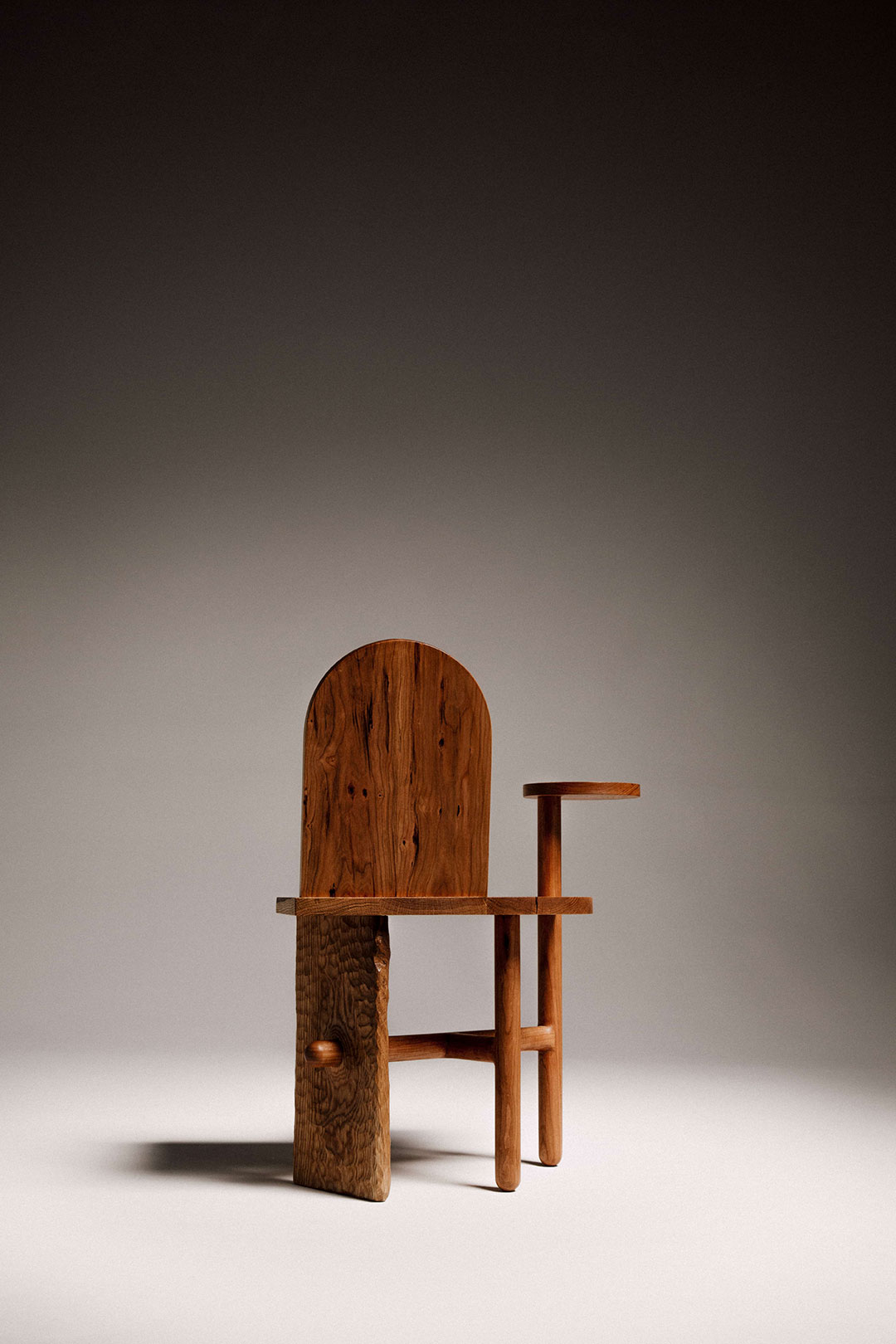
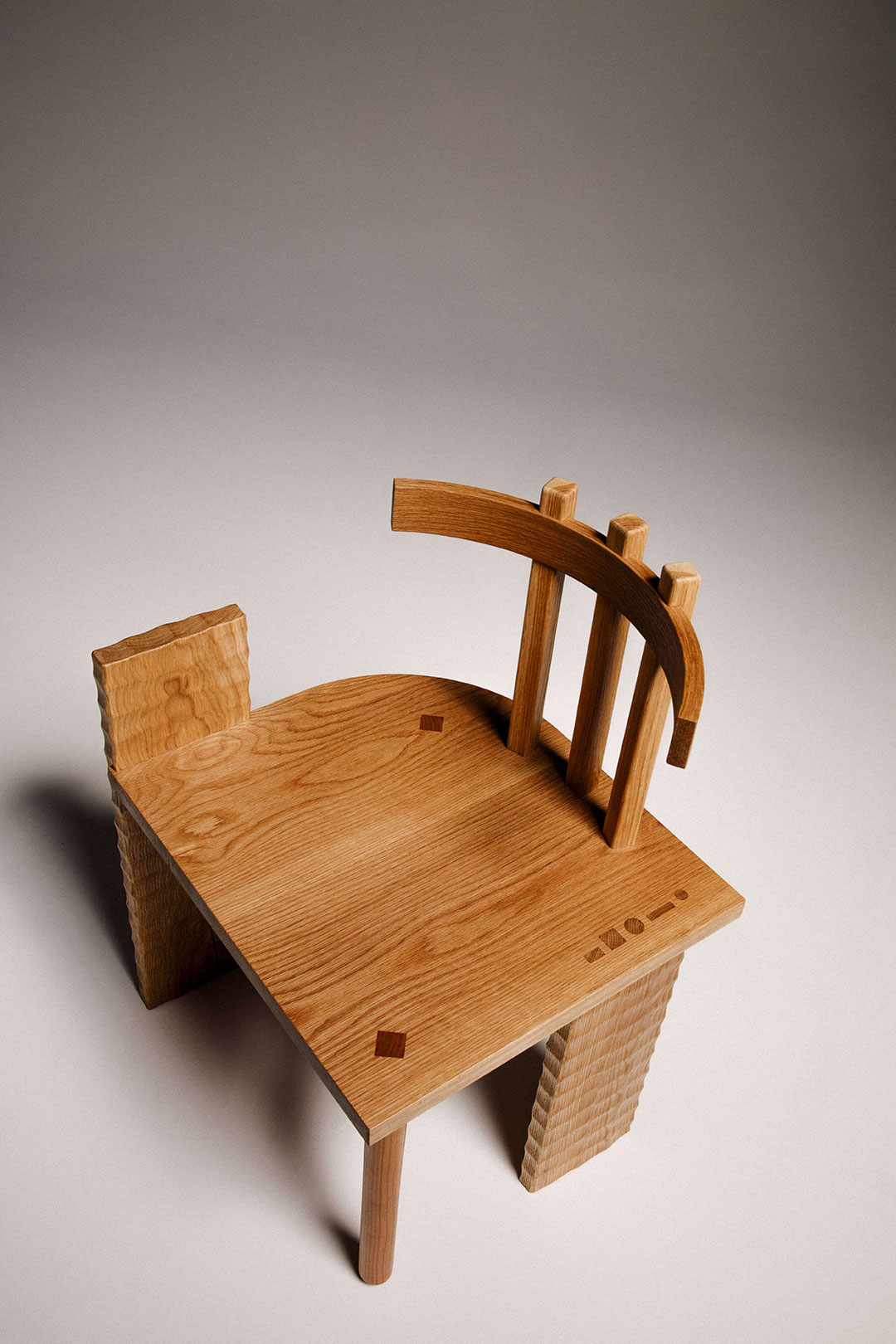
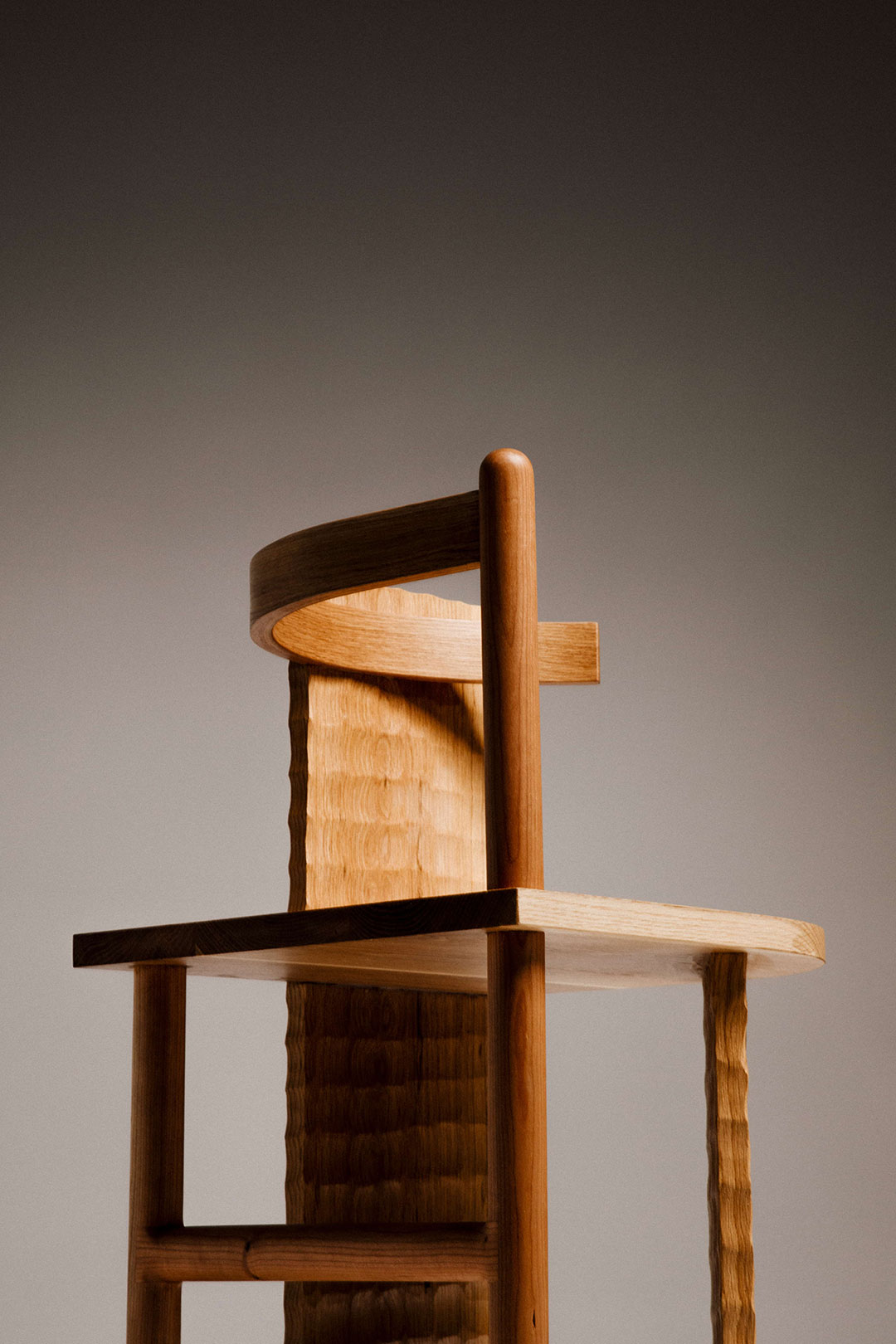
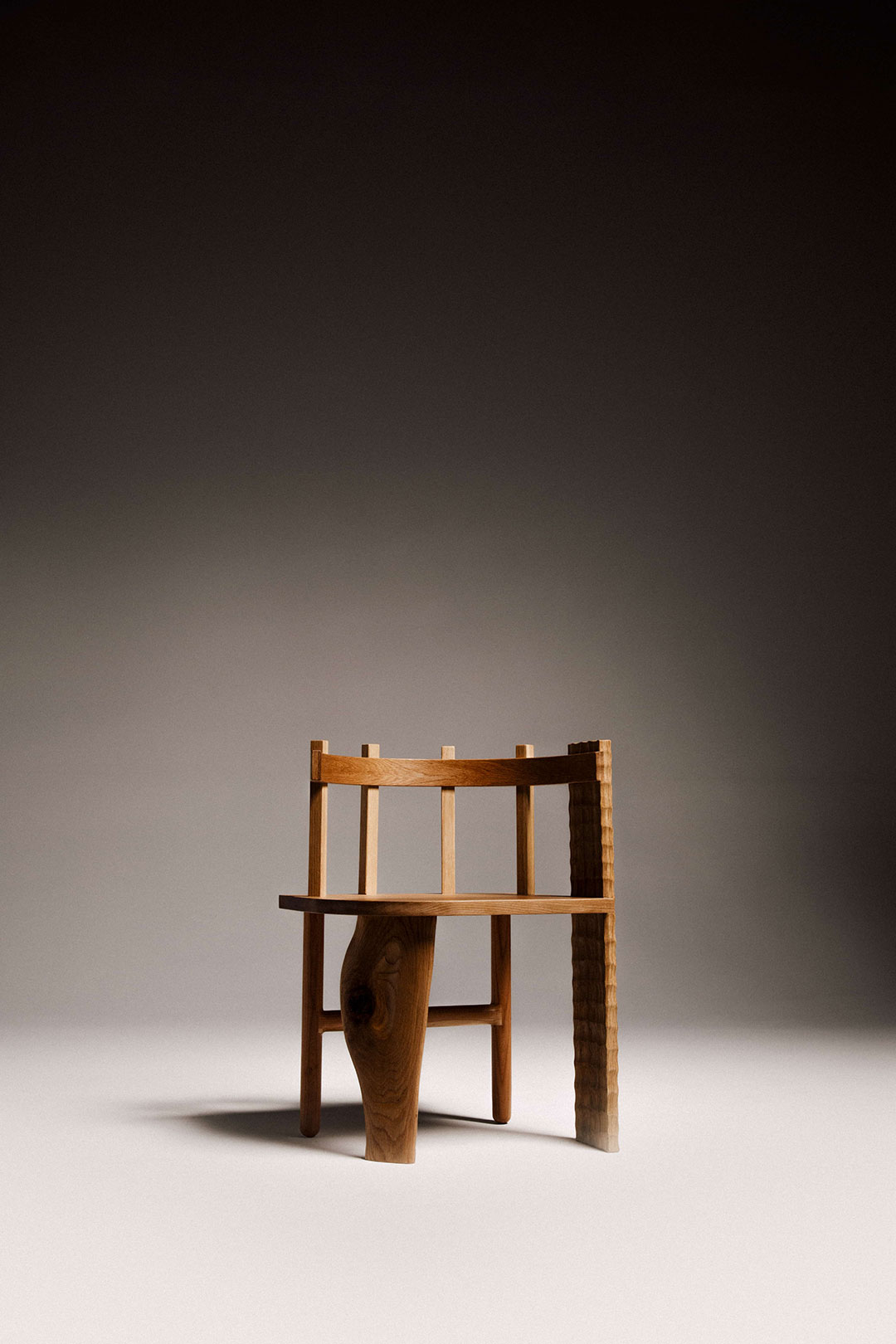
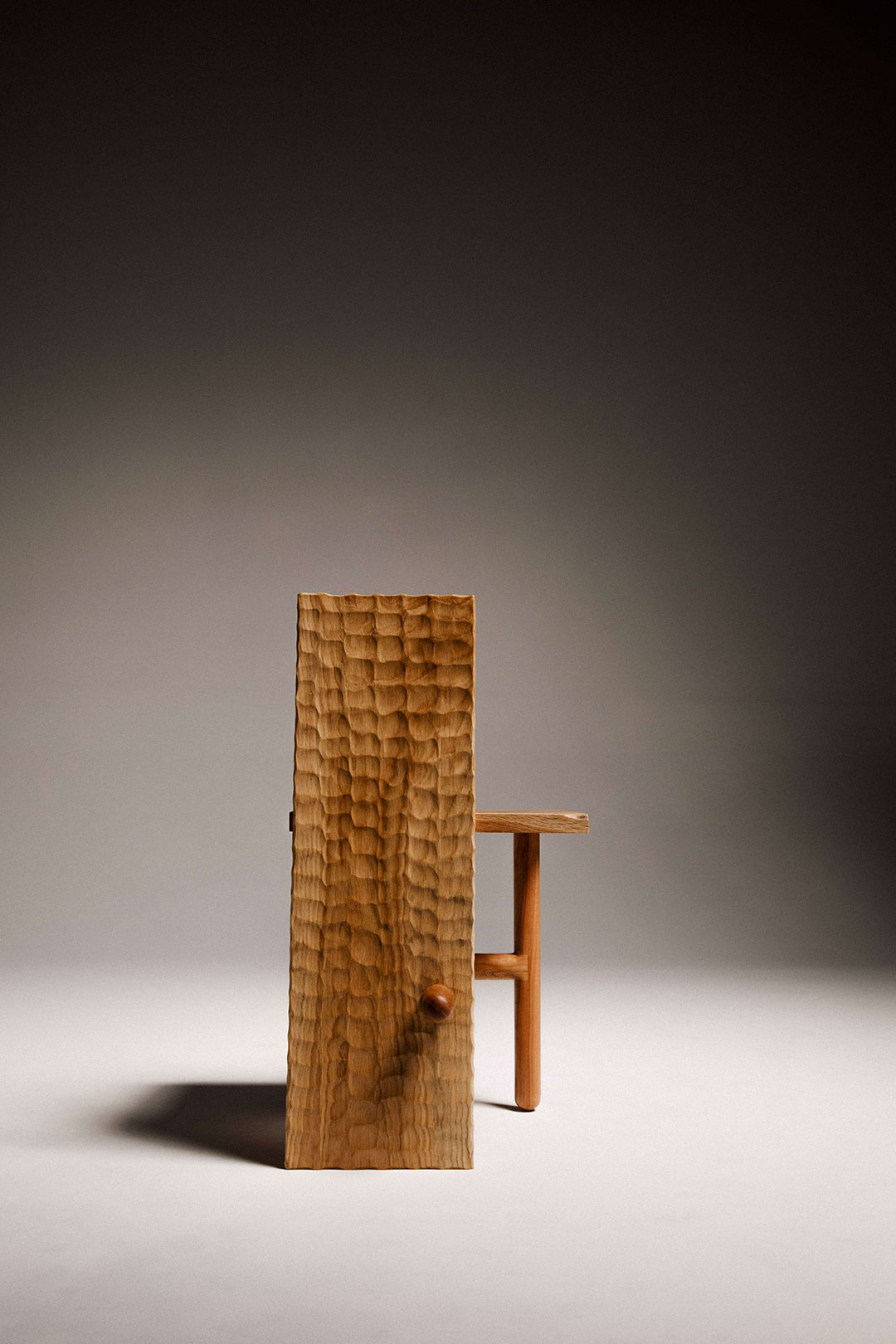
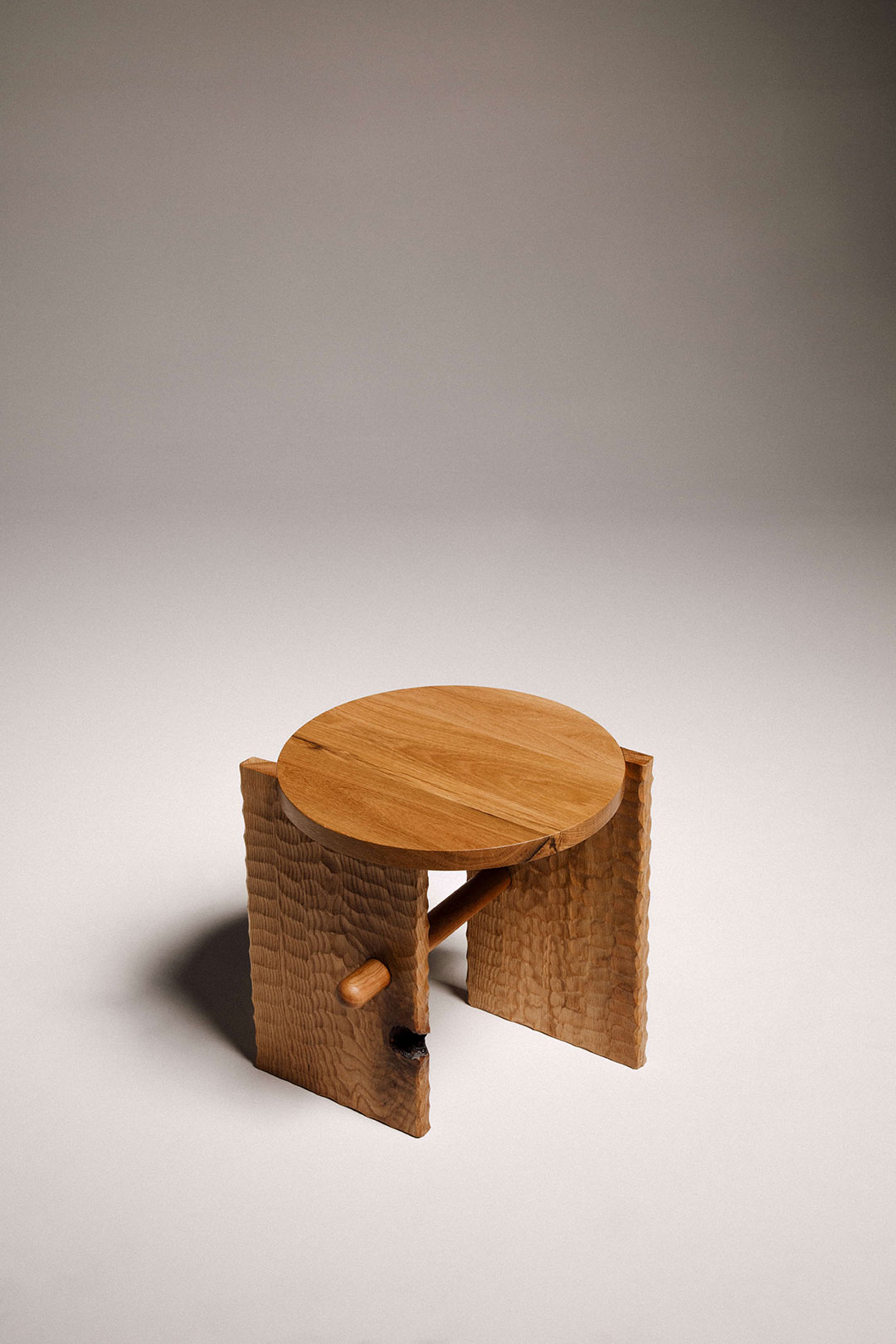
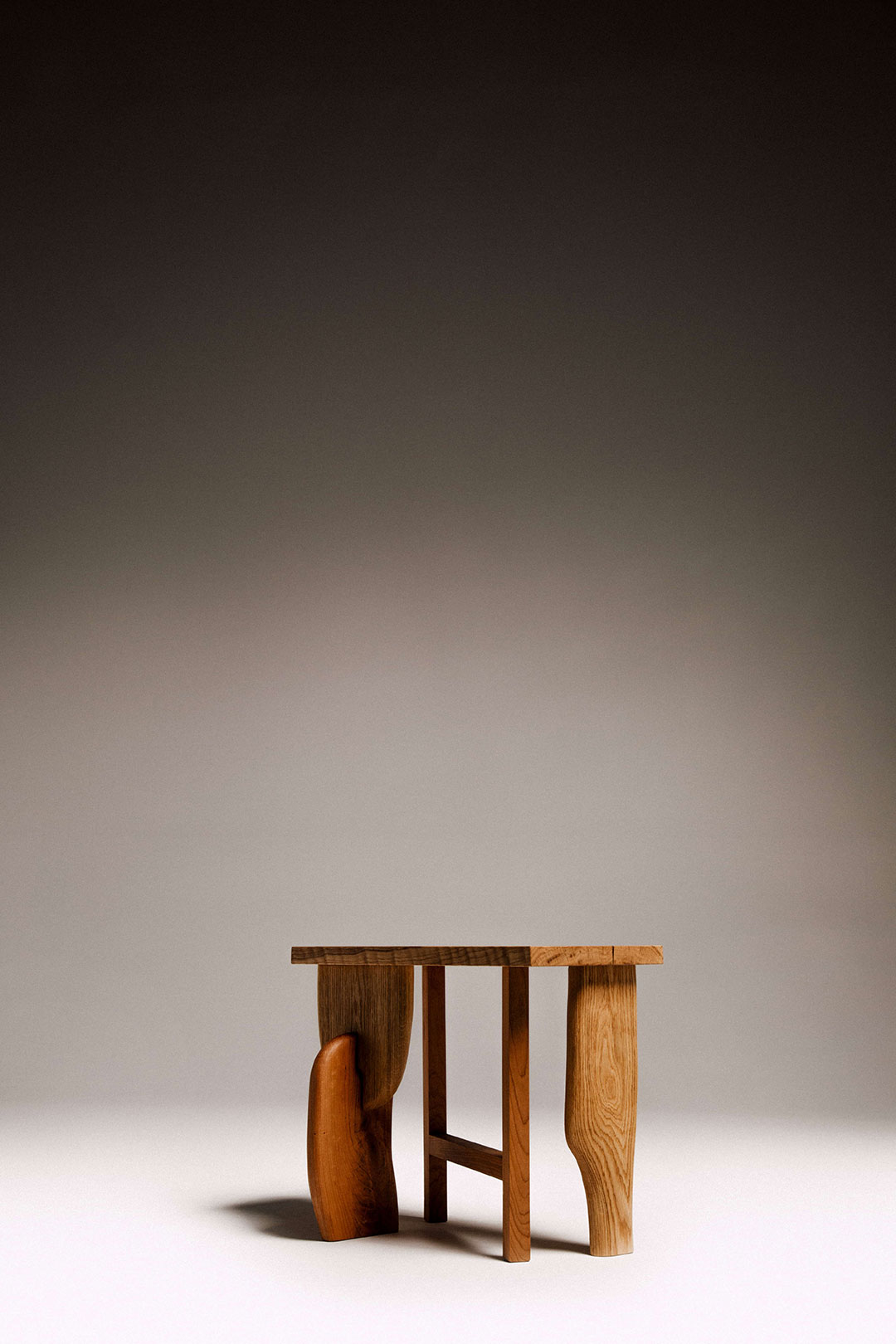






What do you think?